Many homeowners with yards have trees and want to keep them healthy, growing, and beautiful. It’s not just for aesthetics, but to also provide quality shade, a boost of oxygen, and, according to the Environmental Protection Agency, provide a cooler and greener environment for you and your neighbors. One of the things many tree owners know is that a layer of mulch can help the tree stay healthy. However, experts are saying that a recent trend is providing too much of a good thing.
More and more landscaping experts are seeing “mulch volcanoes” piled up around the base of tree trunks in yards, and it’s not as helpful as a person might think. While placing mulch around trees is healthy and recommended to help retain moisture, shy away weeds, and protect the roots from extreme heat, piling mulch high and too close to the trunk can actually hurt it—or even kill it.
@mono_wai just say no, to tree volcanoes!@Adam 🏞️ #wildlife #fypシ #foryou #conservation #outdoorlife #naturebasedsolutions #Nature #landscape
The issue, according to experts, is that piling the mulch too close to the tree’s base will attract the roots closer to the trunk rather than flaring out into the ground to find nutrients, as the mulch will likely be the closest, most nutrient-rich source. This can cause the tree to essentially strangle itself, a process known as “girdling.” On top of that, having too much mulch against the trunk of the tree can rot the bark, compromising the tree’s vascular system and inviting pests that thrive in that rotting moisture.
This isn’t just a problem for the tree, but for homeowners’ wallets. Not only are people spending too much money on more mulch than they need, they end up spending more on water since the mountain of mulch could absorb most of it before it reaches the tree itself. All of that money spent would lead to further expense because, if the tree dies, they would have to pay to get the now-dead tree removed and replaced. Essentially, the homeowner isn’t just literally killing their tree with good intentions and kindness, but putting themselves at a great financial risk in environmental losses.
@theplanttechie What else do you want to know about landscape or fruit trees! 🍎 🌳 Let’s talk about mulching—because doing it wrong can hurt your trees more than help. ❌ Volcano mulch—piling mulch against the trunk—can trap moisture, invite pests,create girdling roots and cause rot. ✅ Donut mulch—a ring around the tree with space at the base—keeps roots happy and healthy! It funnels water, keeps feeder roots covered and gives the root flare room to breathe. Here’s how to do it right: 🌳 Mulch to the drip line for maximum root coverage. 🚫 Keep it away from the trunk to prevent rot and pests. 📏 Keep it 2–3 inches deep—too much can suffocate roots. 🤷Post your mulch madness stories in the comments below 👇. #treecare #gardeningtips #mulching #fruitgrowers #soilhealth #backyardorchard #organicgardening #permaculture #gardeninghacks
Landscapers recommend surrounding your tree with only two-to-three inches of mulch, and to keep it shallow so the tree gets the benefits of the mulch without the chance of rot. It’s recommended to “think donut, not volcano” in terms of mulch distribution so that the roots are encouraged to venture outward rather than clog up near the tree’s trunk to seek the mulch. As a side tip, a person can save money by buying less bags of mulch and using grass clippings, plants already growing in your yard, and compost as effective mulch rather than spending more at the garden center.
Whether it’s to create a beautiful yard for you and your family to enjoy or to contribute to environmental causes, it’s good to know how to best take care of your trees and vegetation. Like most things, trees can become great and majestic when they’re given plenty of time, care, and space to grow, and not accidentally smothered by good intentions.





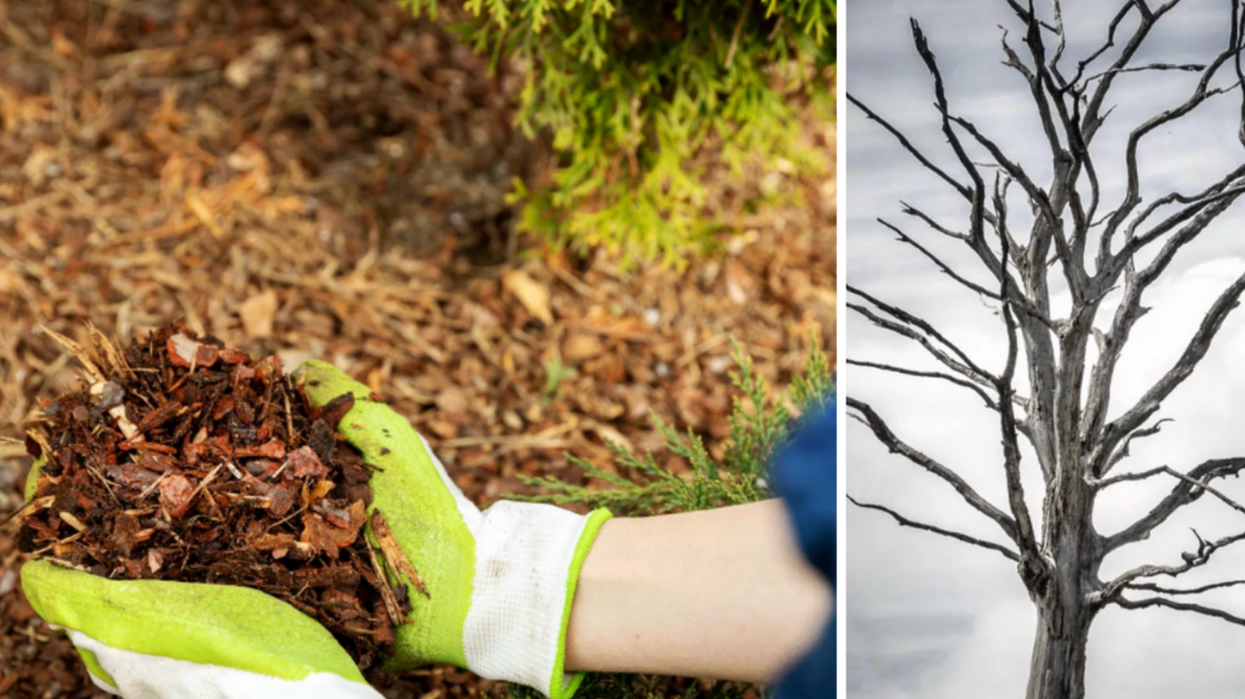











 Representative Image: Accents reveal heritage and history.
Representative Image: Accents reveal heritage and history.  Representative Image: Even unseen you can learn a lot from an accent.
Representative Image: Even unseen you can learn a lot from an accent. 
 People holding hands in unity.Image via
People holding hands in unity.Image via  White House with money image overlay.Image via
White House with money image overlay.Image via  Man walks forest trail.Image via
Man walks forest trail.Image via 
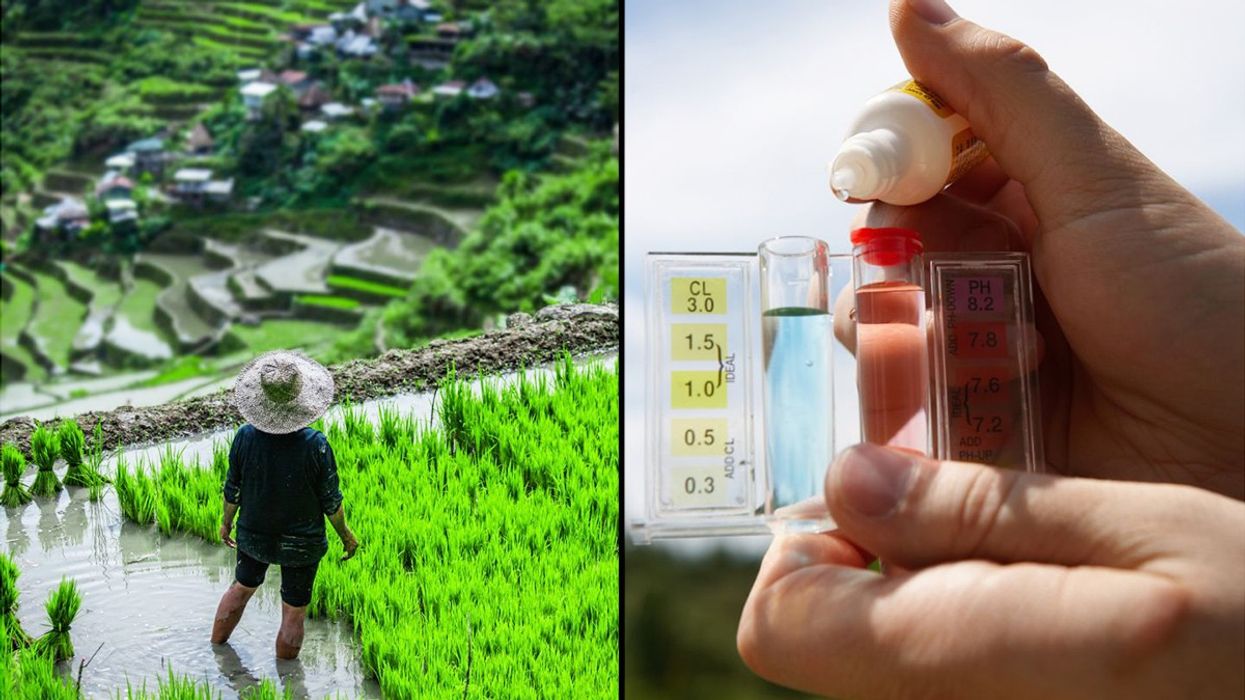
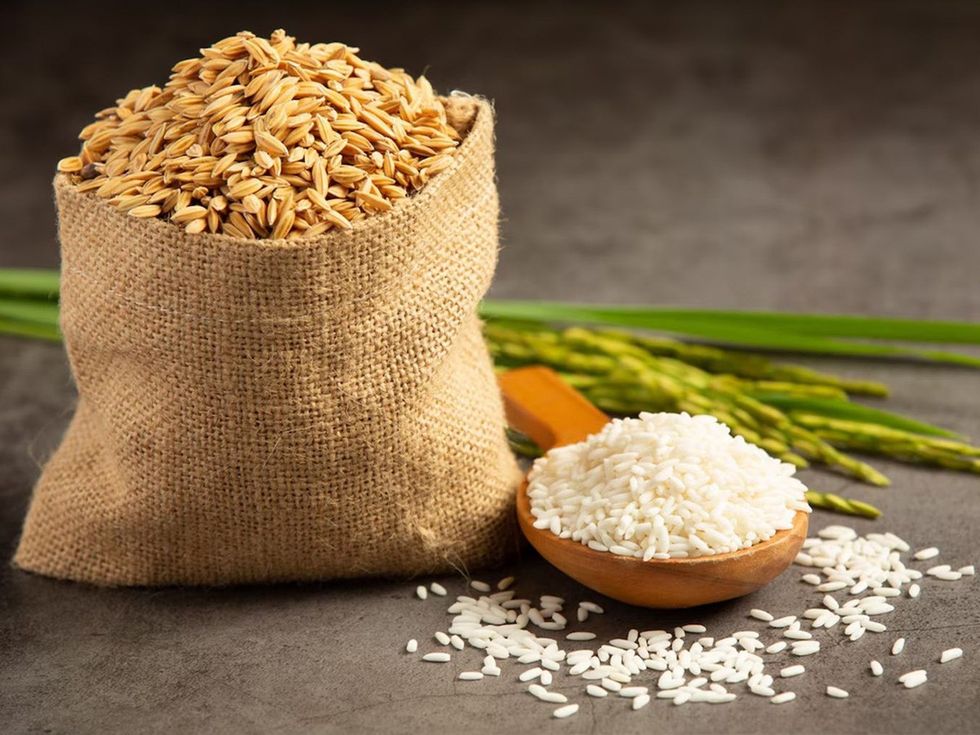 Rice grain and white rice.Image via
Rice grain and white rice.Image via  Person eats rice.Image via
Person eats rice.Image via  Washing and rinsing rice.
Washing and rinsing rice. 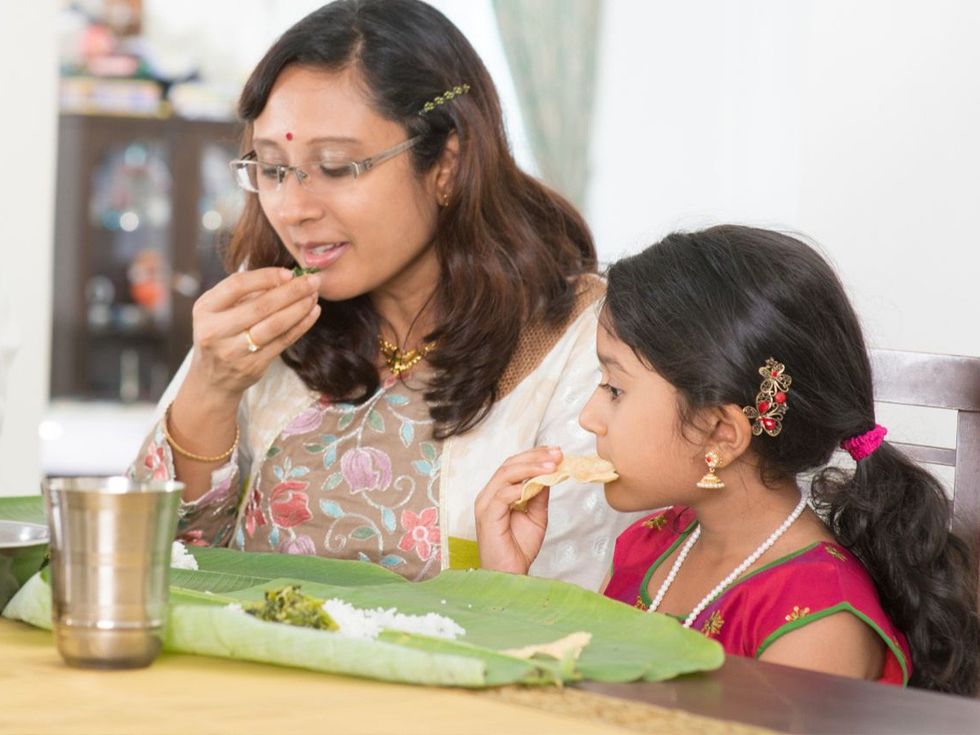 Mother and daughter eating rice meal.Image via
Mother and daughter eating rice meal.Image via 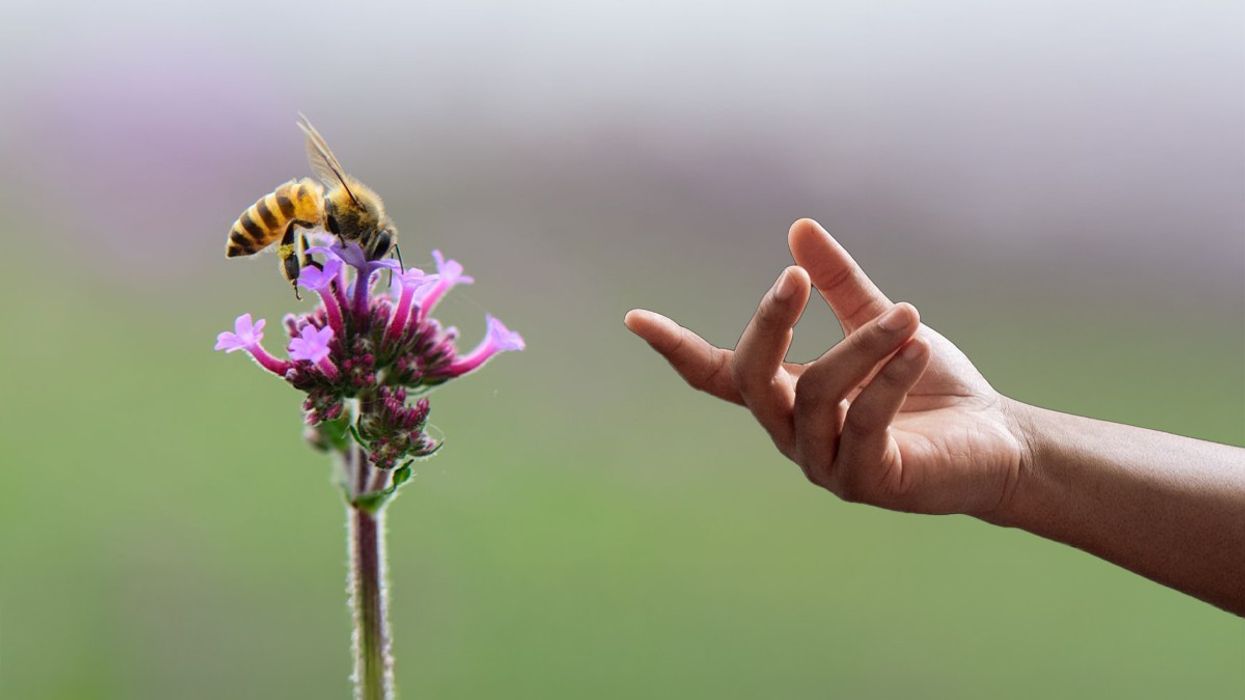
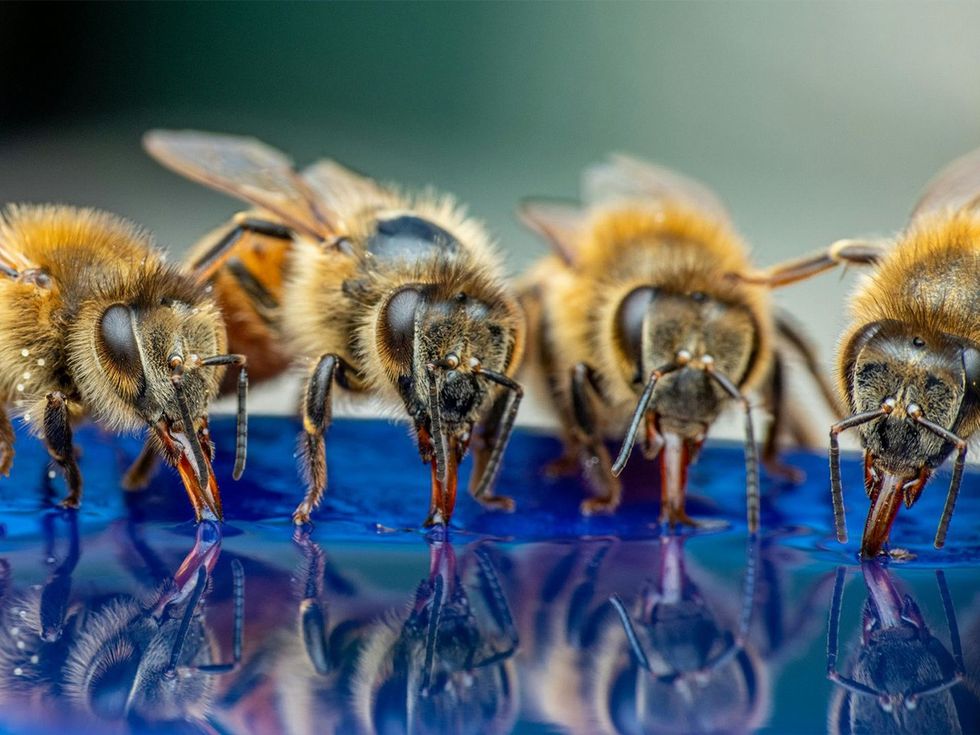 Bees feeding on food source.Image via
Bees feeding on food source.Image via 
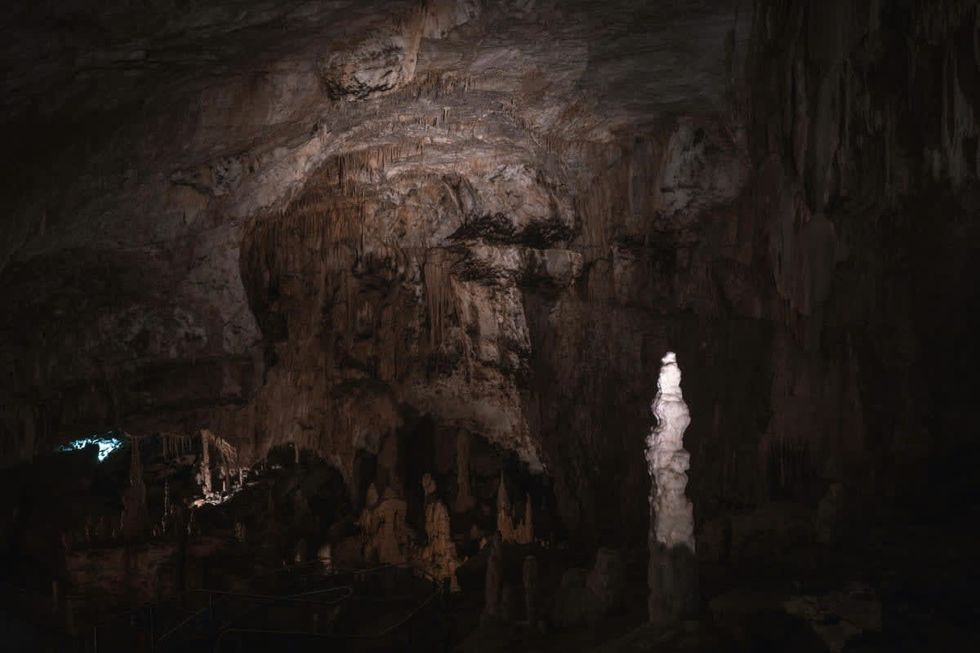 In the depths...Pexels | francesco ungaro
In the depths...Pexels | francesco ungaro Hope the lights stay on. Pexels | parfait fongang
Hope the lights stay on. Pexels | parfait fongang "That was beyond crazy..." YouTube |
"That was beyond crazy..." YouTube |  "This is the stuff of my nightmares..."YouTube |
"This is the stuff of my nightmares..."YouTube |  "Totally blown away..." YouTube |
"Totally blown away..." YouTube | 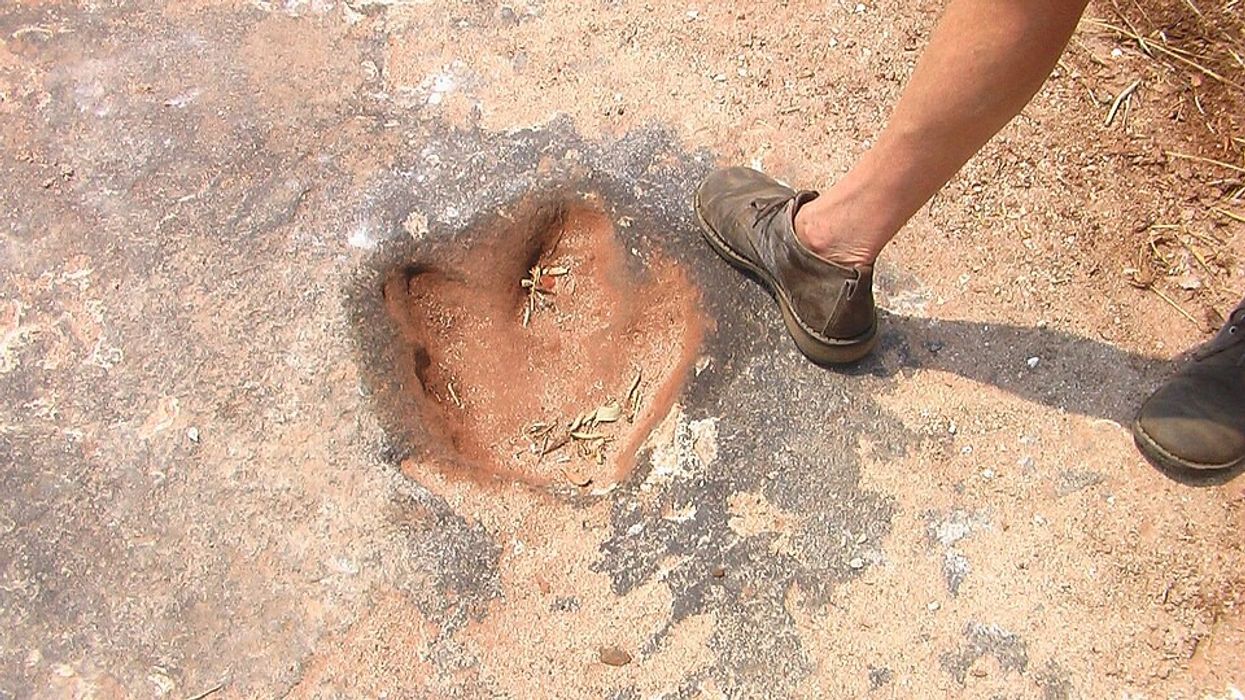
 A representative Image of The Atlantic Ocean. Source: Pexels | Kellie Churchman
A representative Image of The Atlantic Ocean. Source: Pexels | Kellie Churchman Representative Image Source: Painting from a series by Ernest Untermann in the museum at Dinosaur National Monument, Utah.
Representative Image Source: Painting from a series by Ernest Untermann in the museum at Dinosaur National Monument, Utah. Representative Image Source: VARIOUS DINOSAURS IN GOBI DESERT. Photo by H. Armstrong Roberts/ClassicStock/Getty Images
Representative Image Source: VARIOUS DINOSAURS IN GOBI DESERT. Photo by H. Armstrong Roberts/ClassicStock/Getty Images
 Great white shark pokes its head above water.Image pulled from YouTube video - Photo taken by Geraldine Fernandez
Great white shark pokes its head above water.Image pulled from YouTube video - Photo taken by Geraldine Fernandez Great white shark swims in the ocean.Image via Canva - Photo by lindsay_imagery
Great white shark swims in the ocean.Image via Canva - Photo by lindsay_imagery
Professor shares how many years a friendship must last before it'll become lifelong